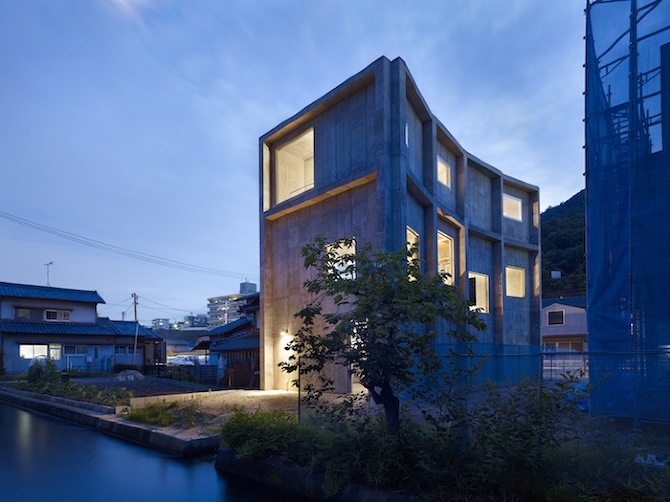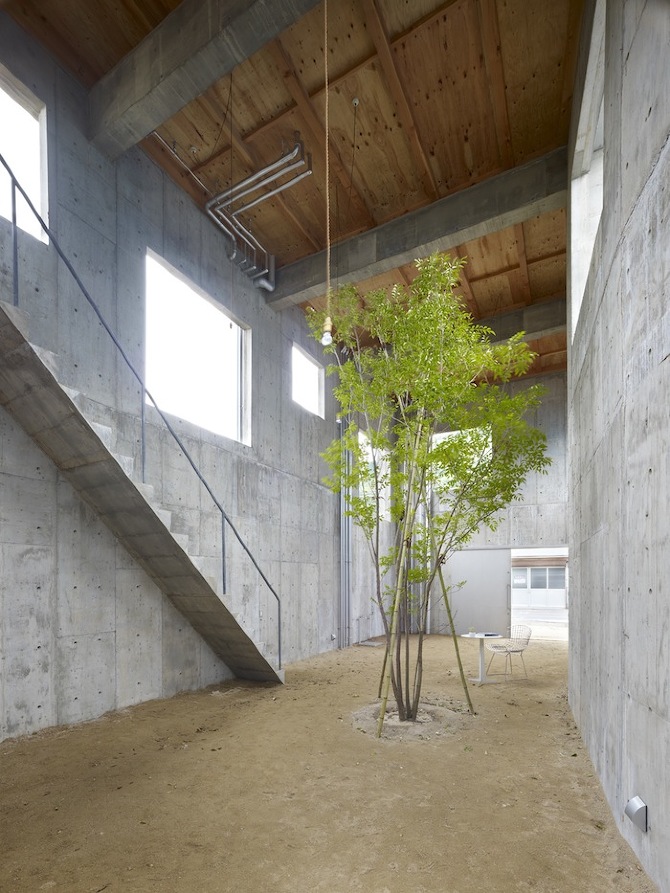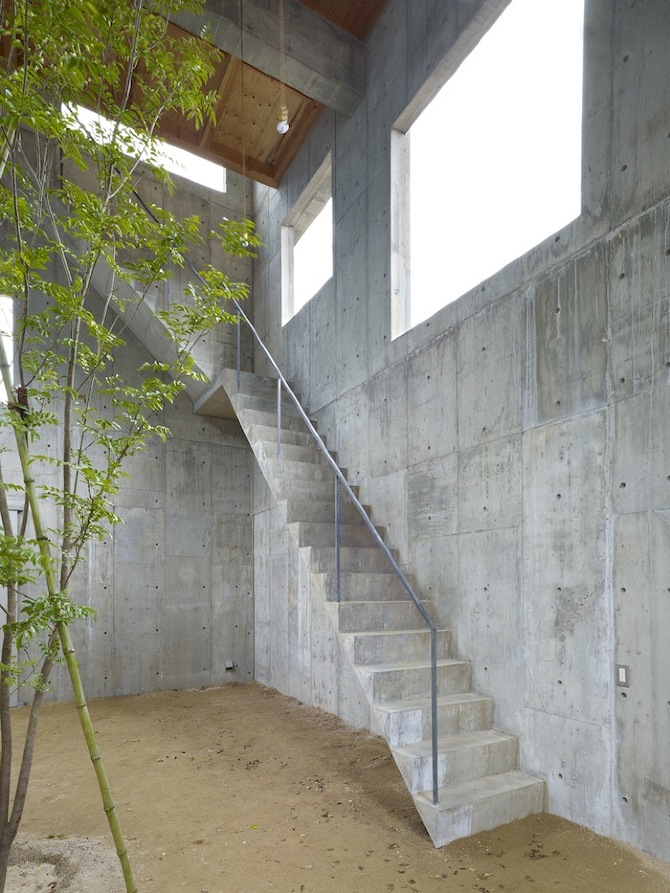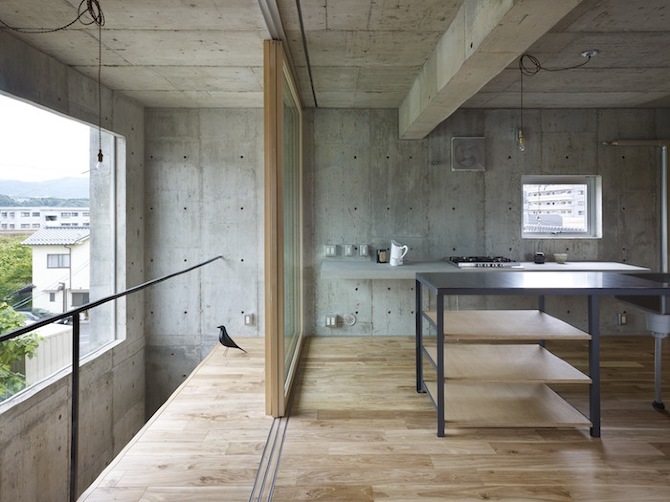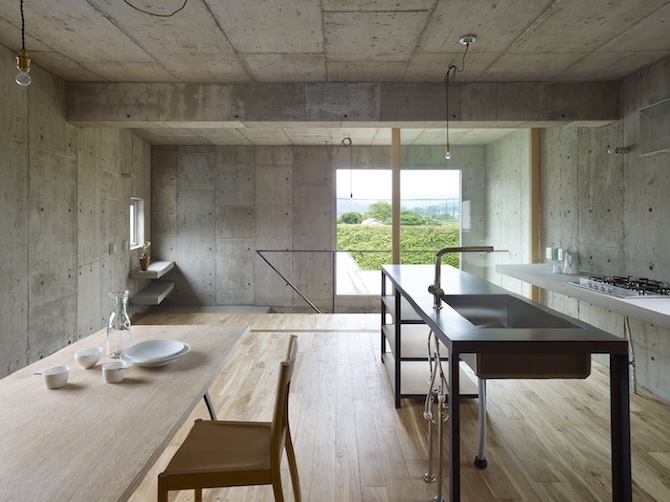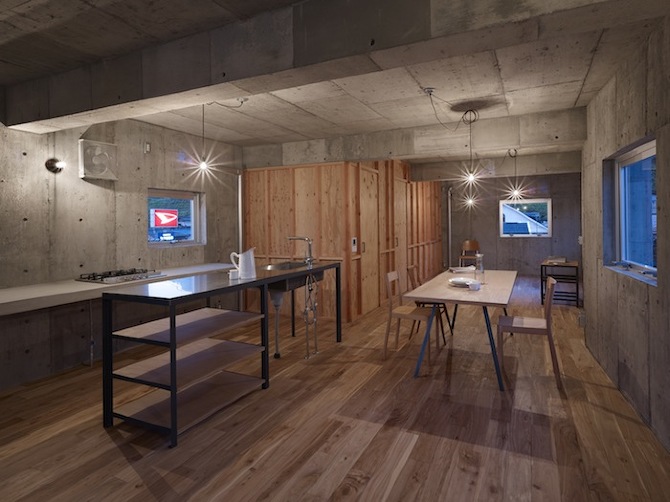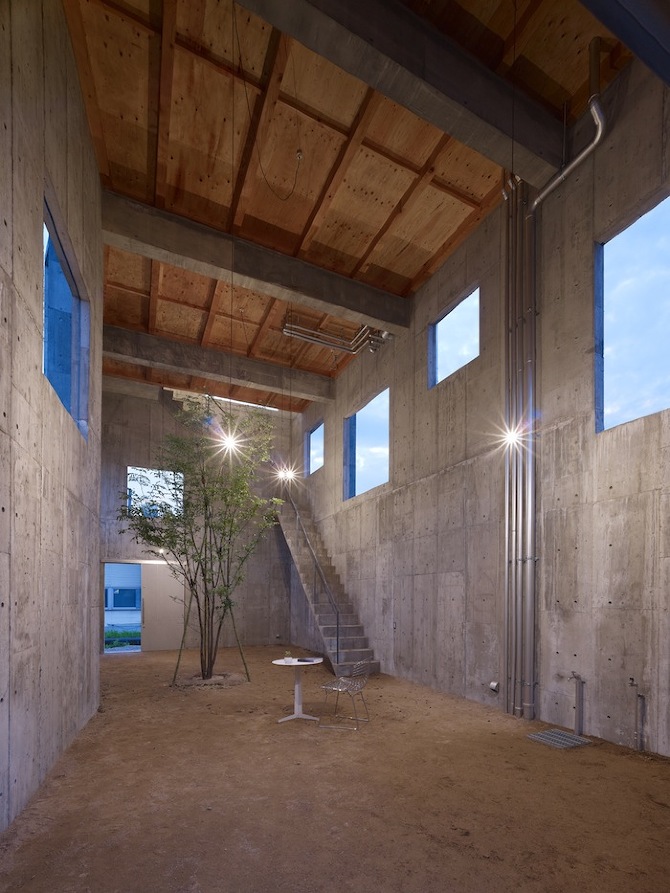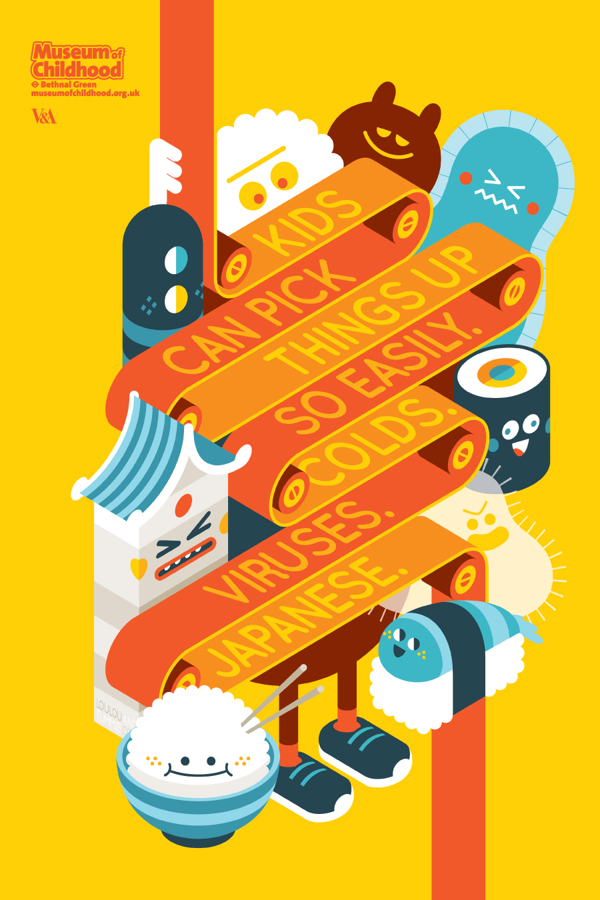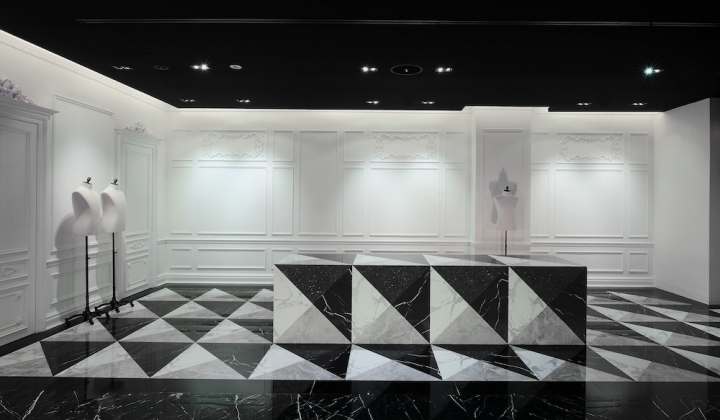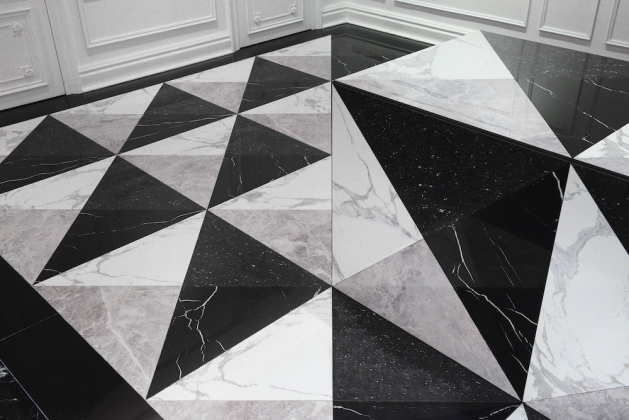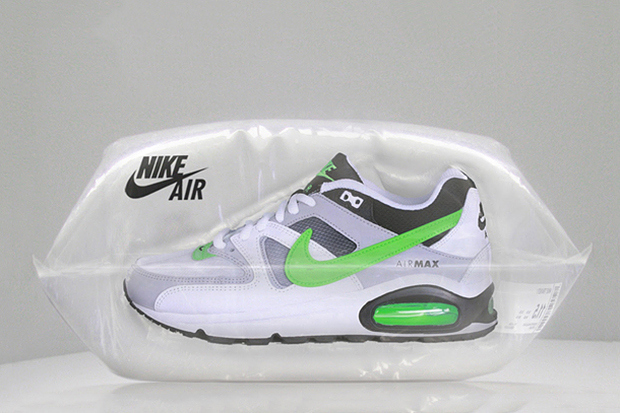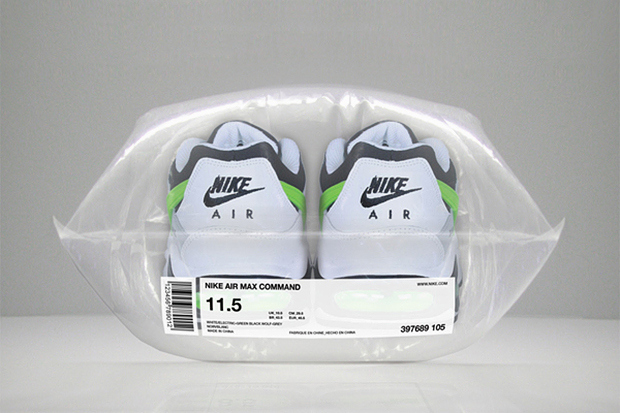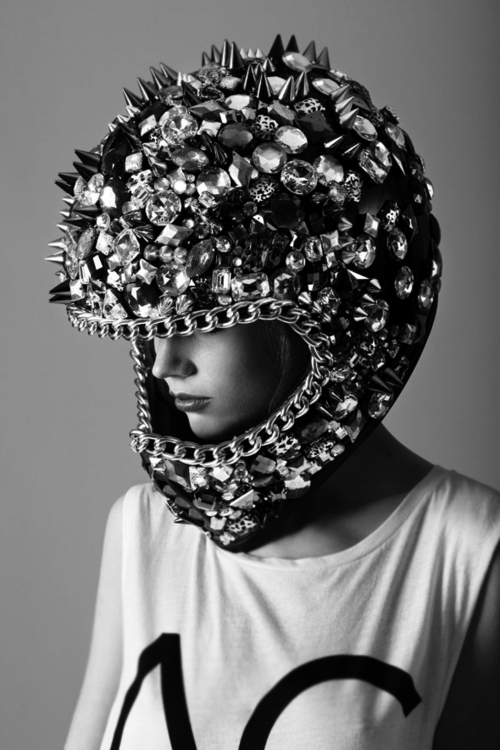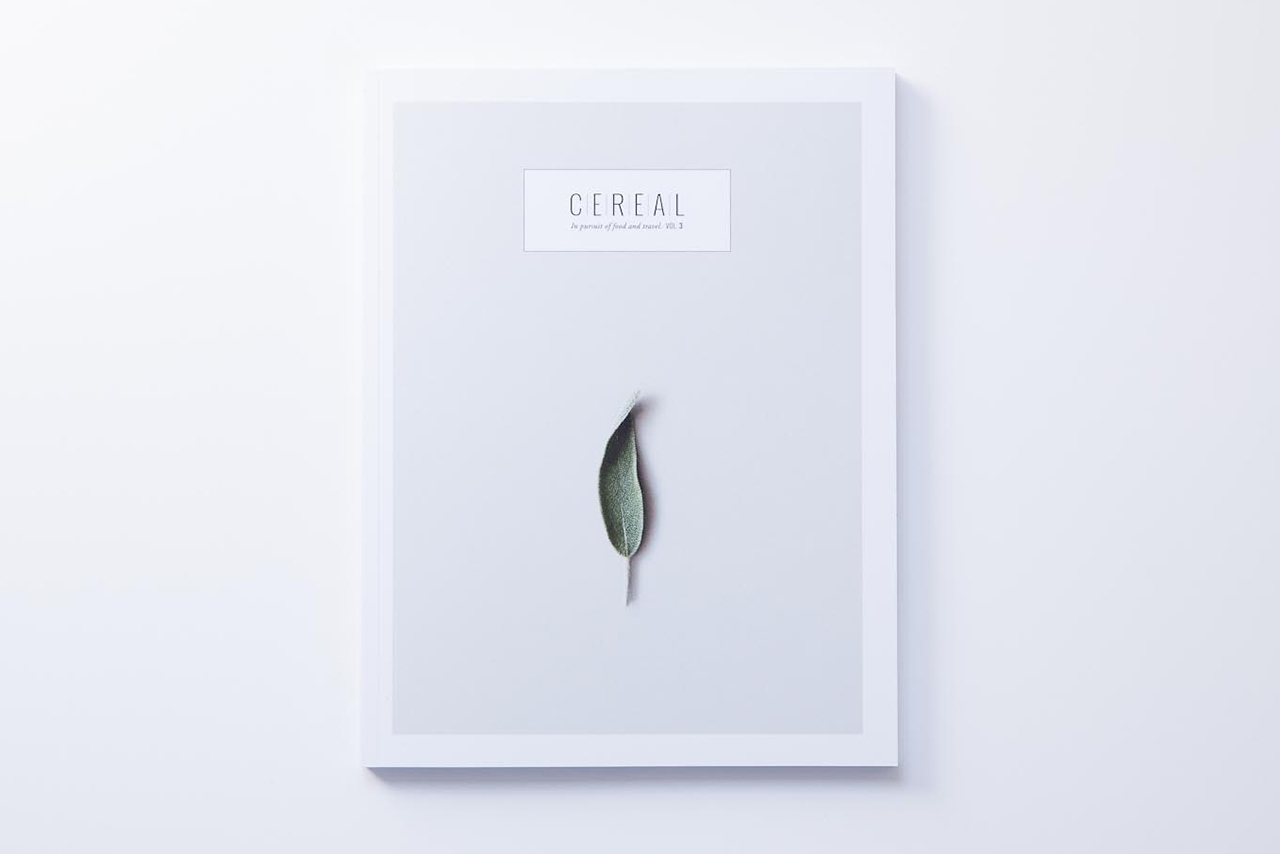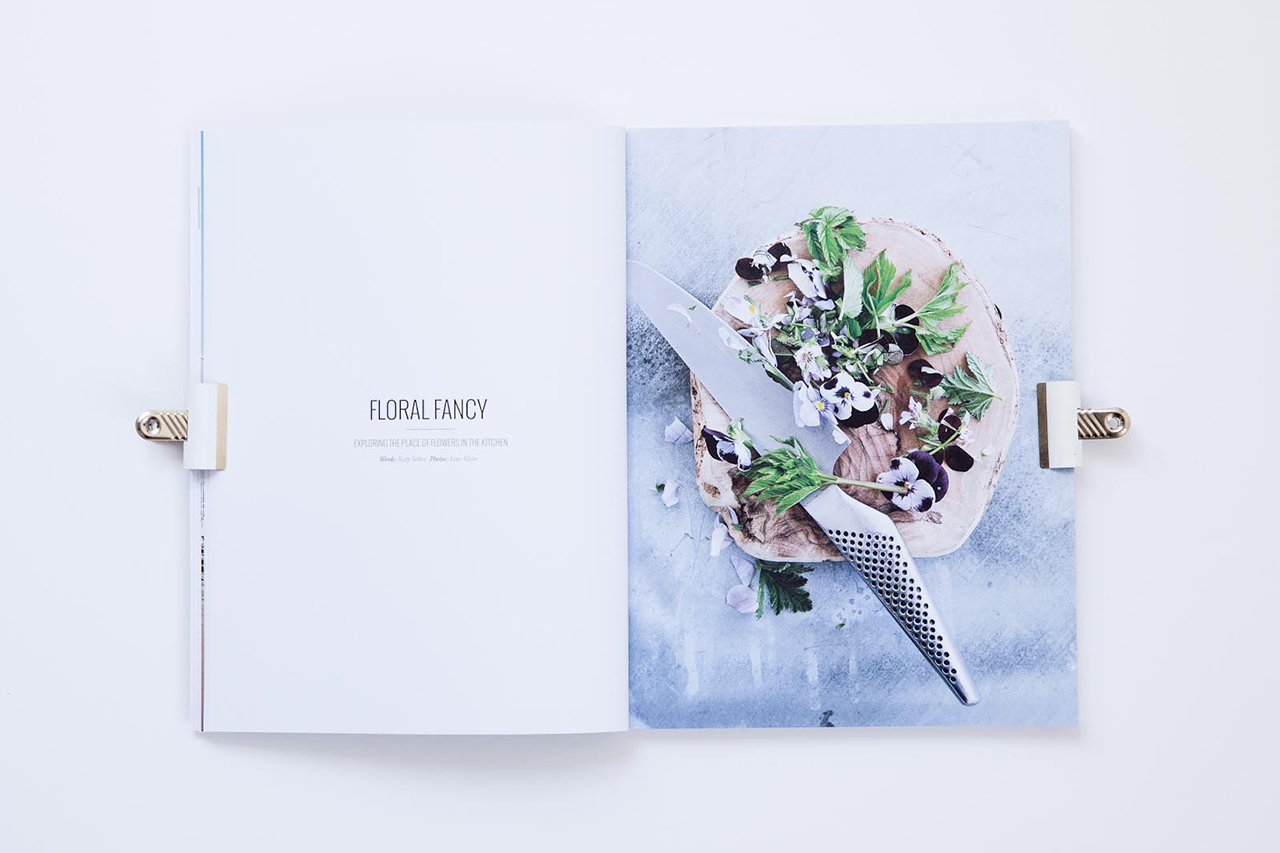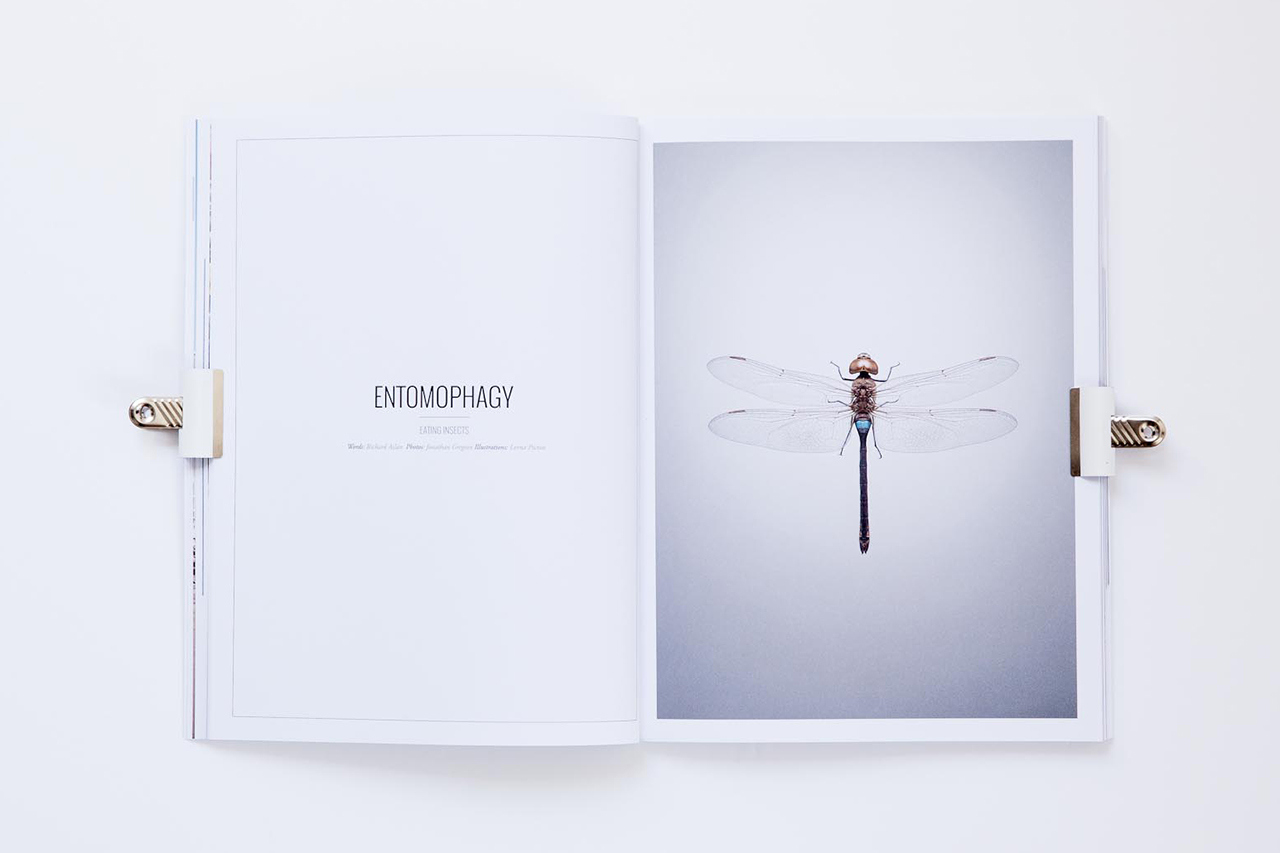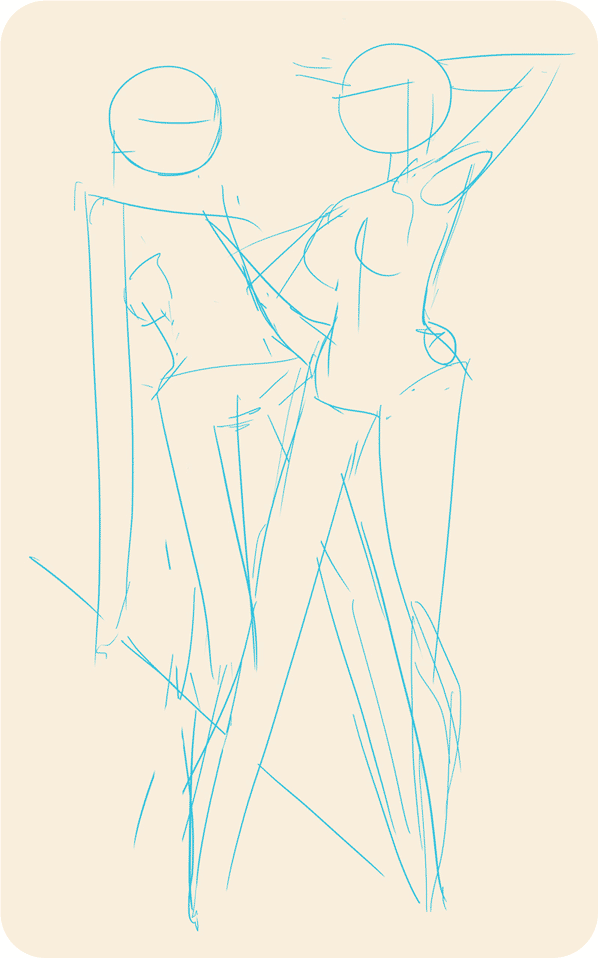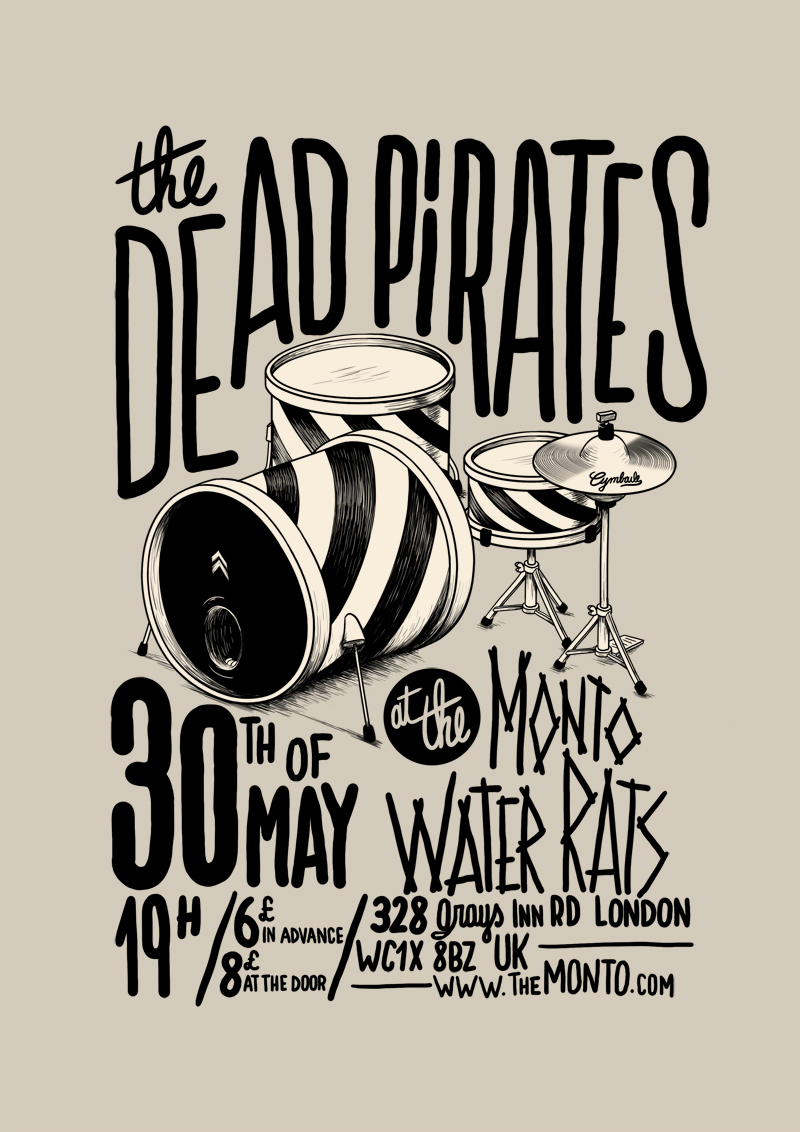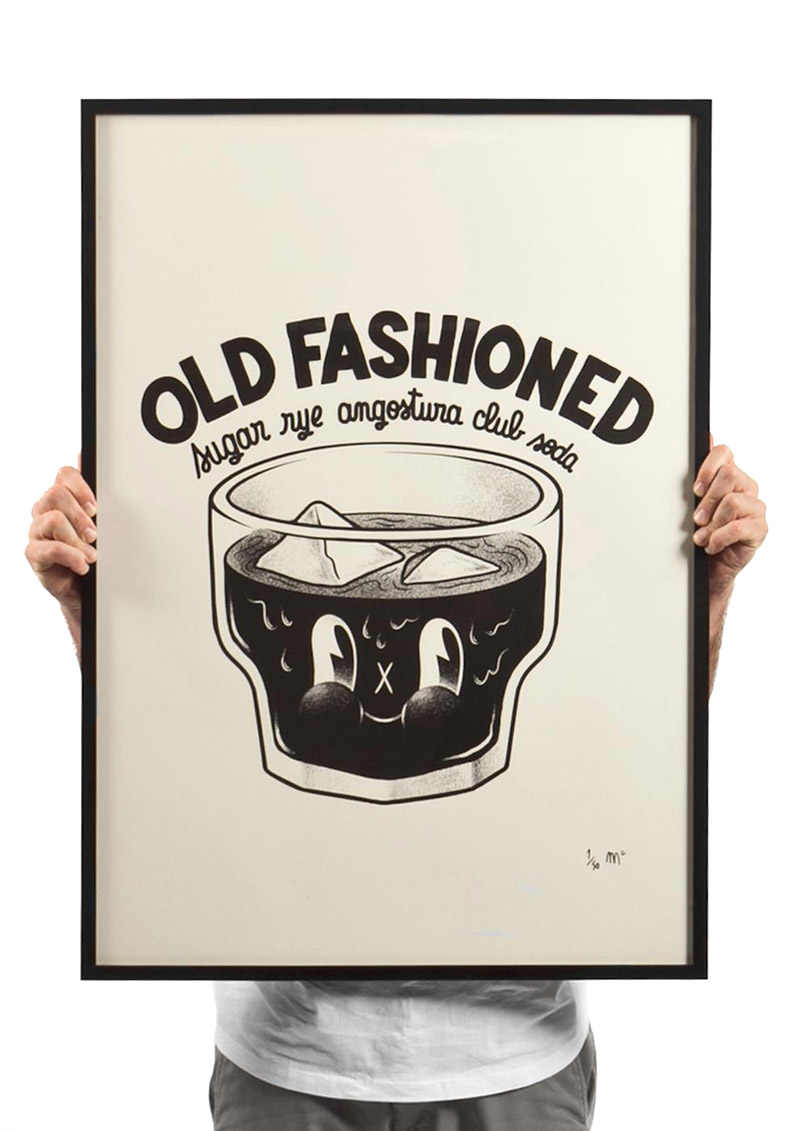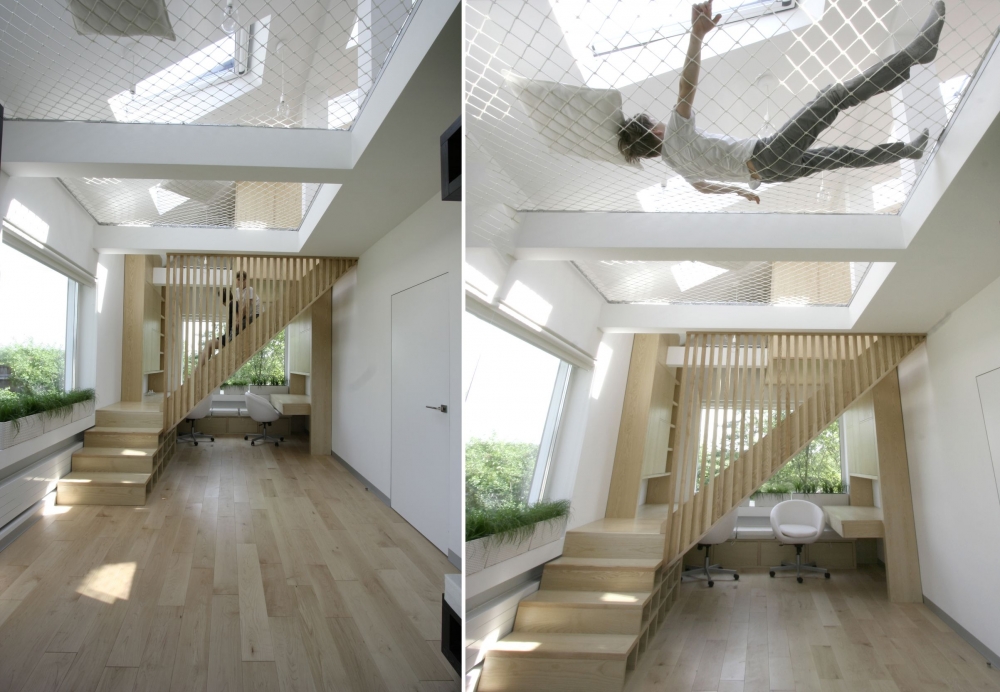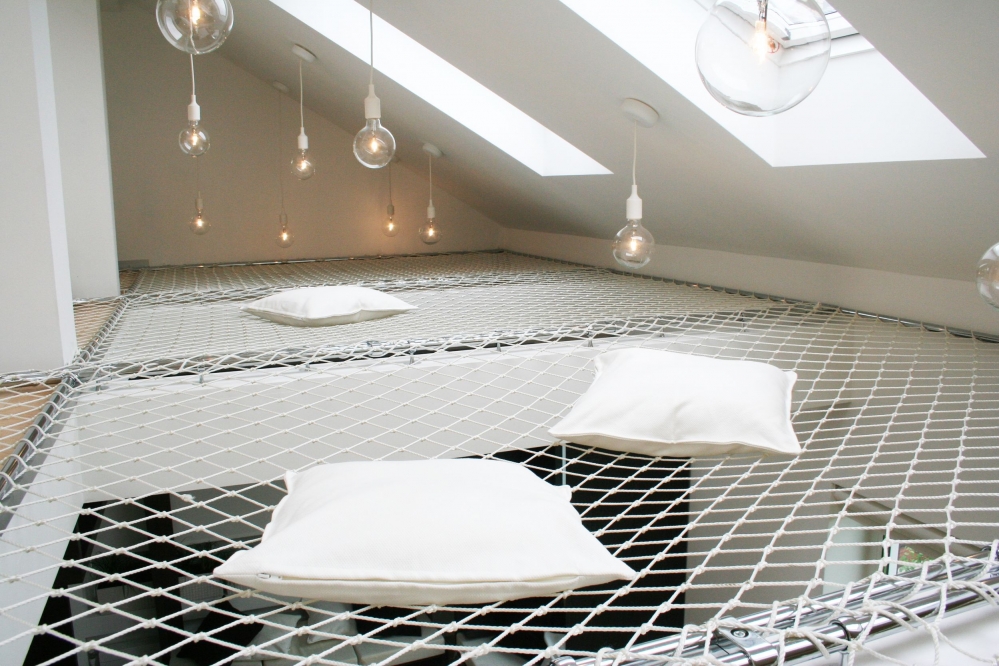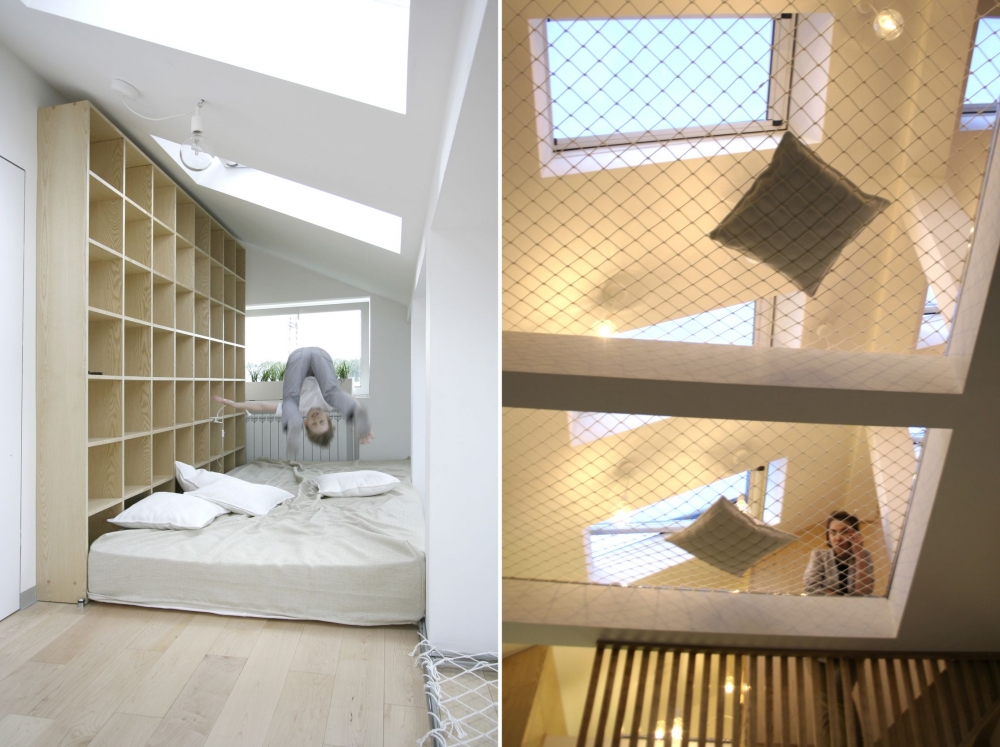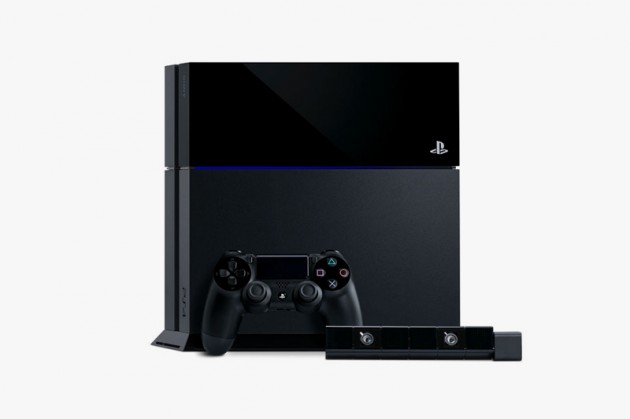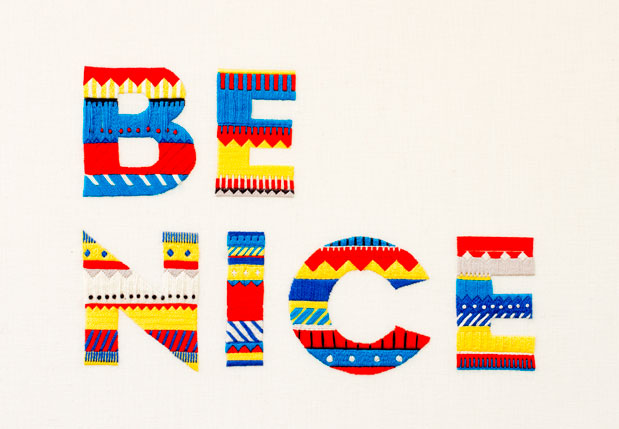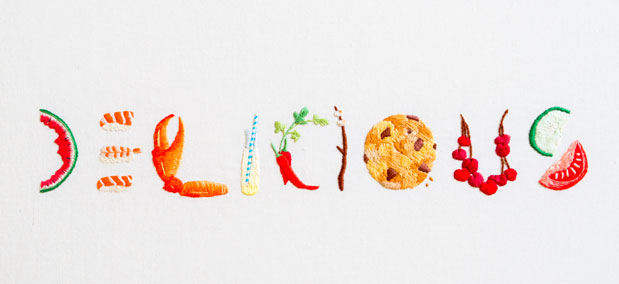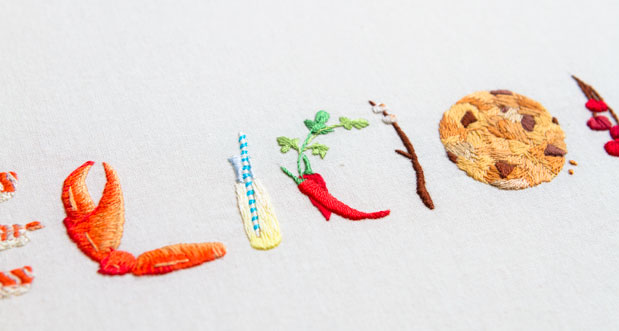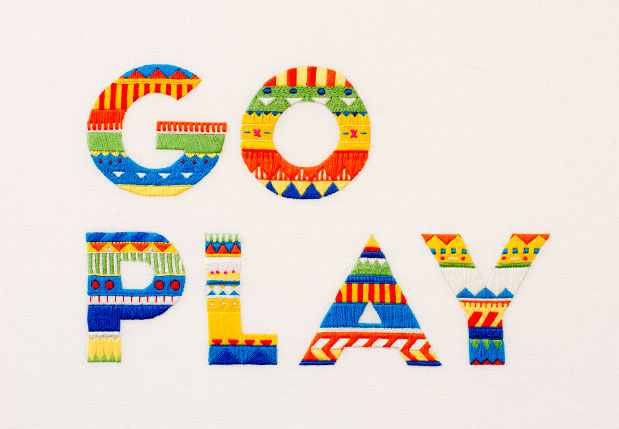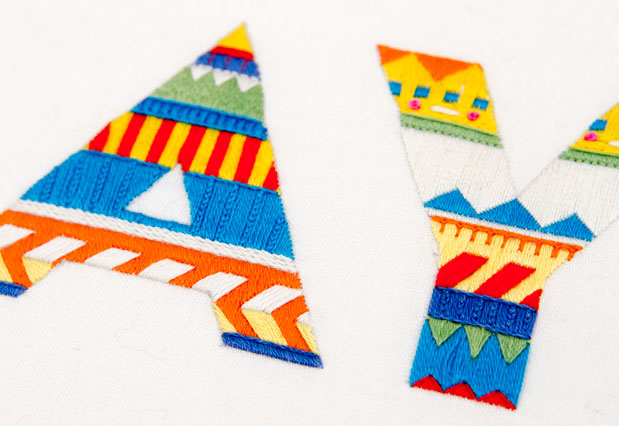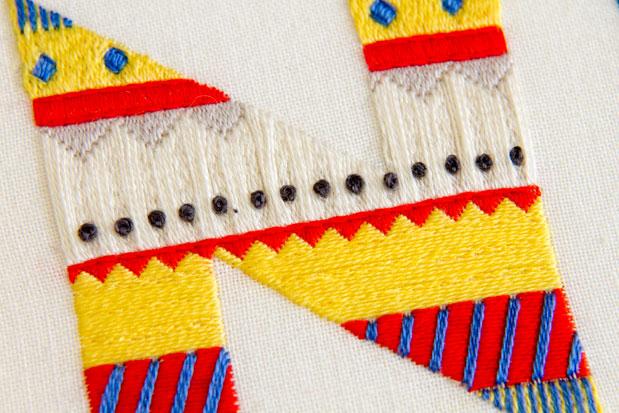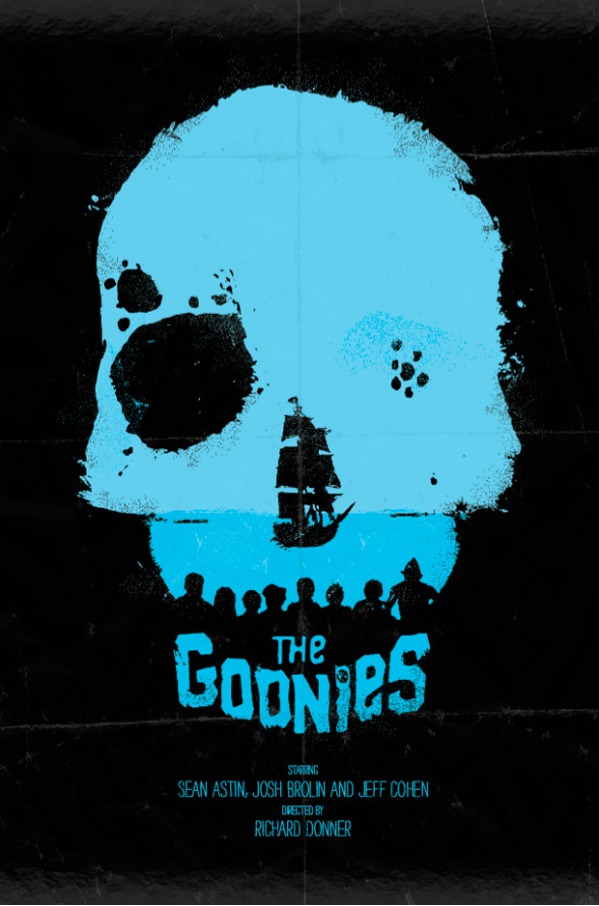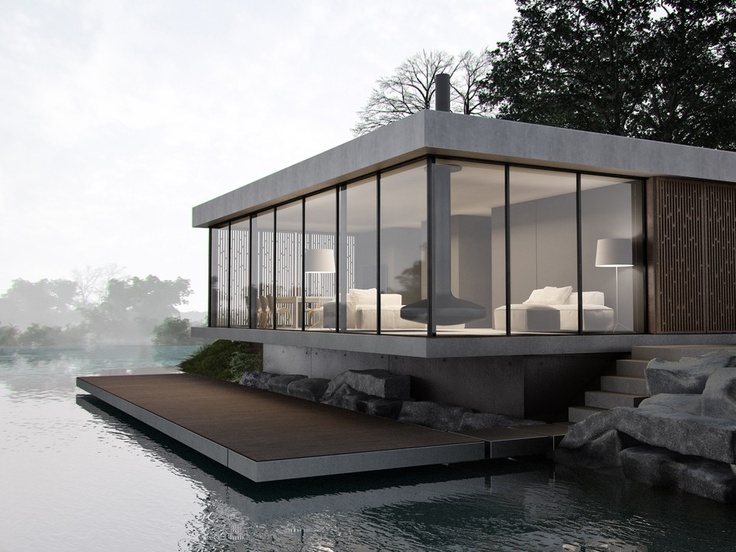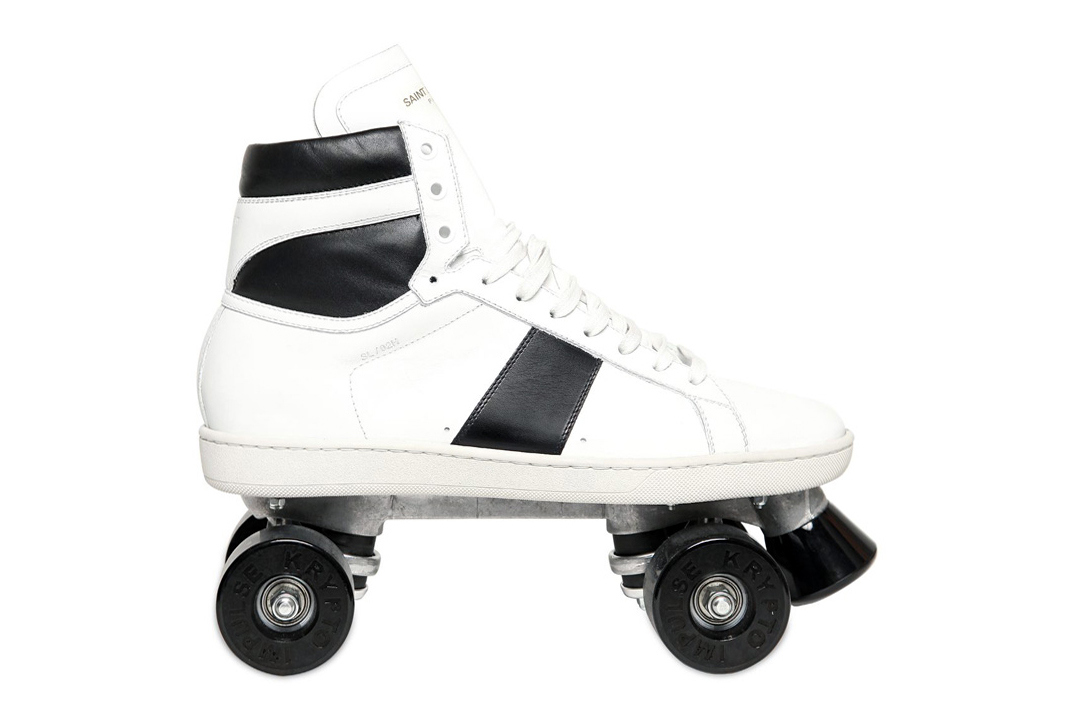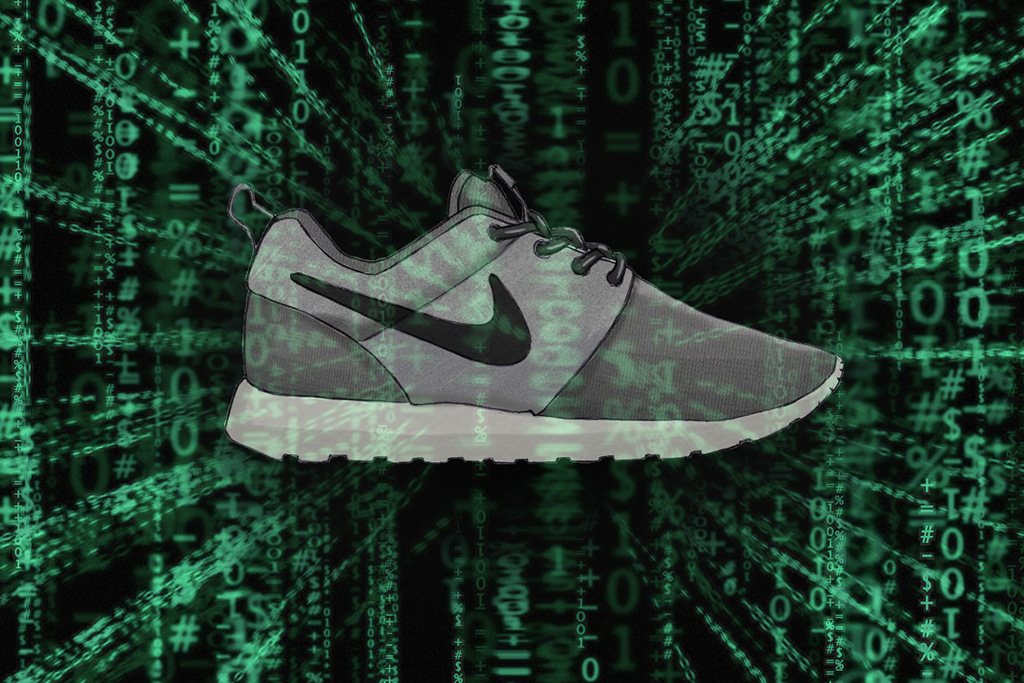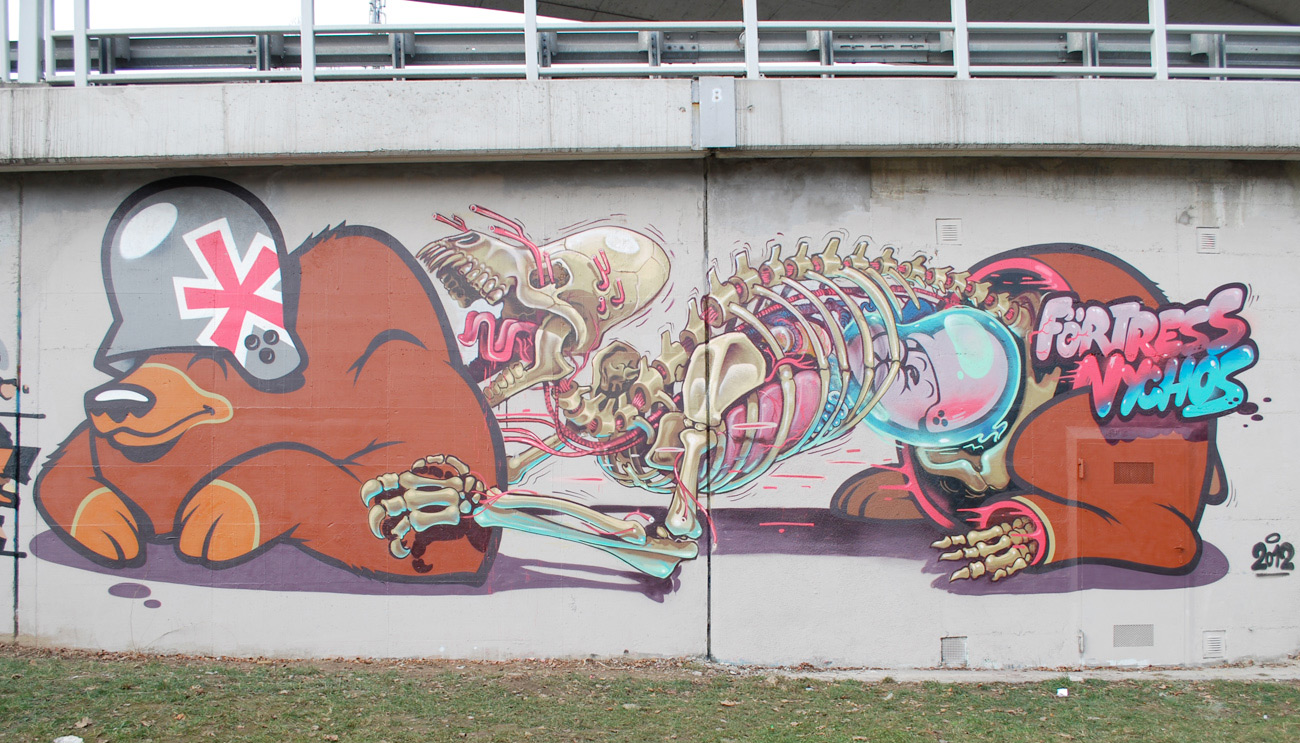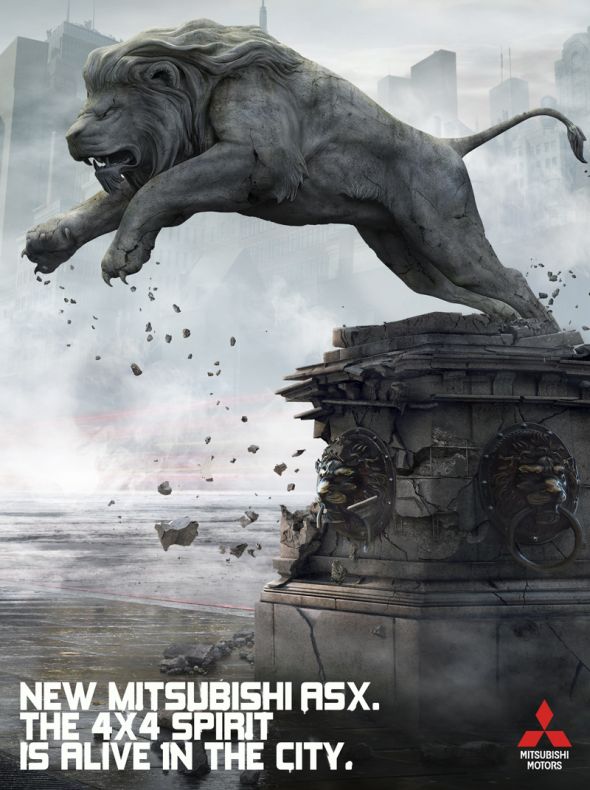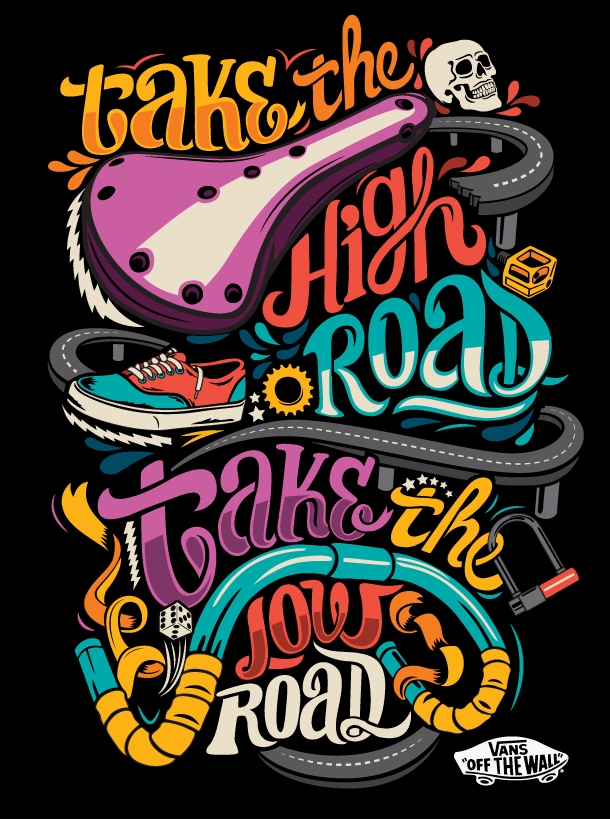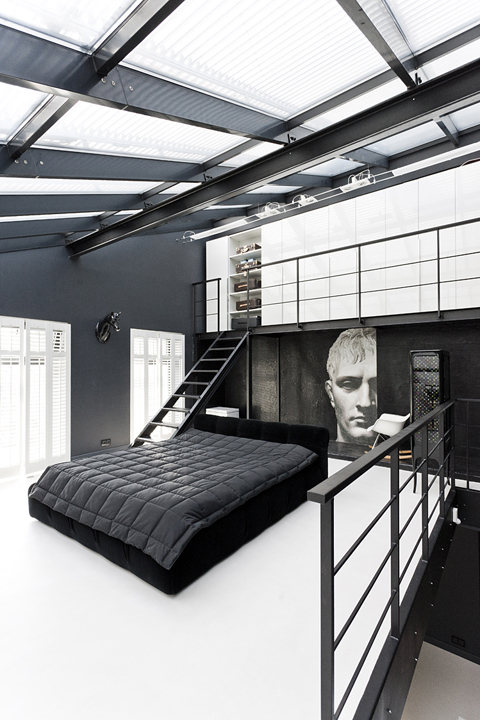Category Archives: DESIGN
The House of Yagi by Suppose Design Office
“The House of Yagi is designed with the idea of an incomplete/complete form. Unlike other projects, the final stage of construction for this house was not aiming towards a finish stage, but to let the owner experience the sense of completion after living here. Interior space of the house is designed to maximize the interaction to its surrounding environment. Ground floor material remained the same as the original site, with a single tree standing in the centre to present a natural contrast with the surrounding area. Windows of the 1st storey are kept open without any window shield or glass and creates an interesting interaction with wind and rain. All these elements are to enhance the experience of unlimited lifestyle that you may potentially have in this house, and minimize the boundary. Through this different interpretation of connecting the exterior and interior space, new ways of living can be explored by the client.”
Source
Museum of Childhood
London’s V&A Museum of Childhood ‘Play to learn’ brand campaign was meant to entice children and adults to visit the museum where they could learn through play in an inventive setting that was rich with stimulus and inspiration. The eye-catching press and poster executions bought to life the point that playtime has far-reaching influences beyond childhood: it impacts on childrens’ future development, wellbeing and movement into adulthood.
A Look Inside the New Salon by Surrender
As the world changes and times have shifted, few retailers have continually pushed the boundaries as Surrender has. On June 29 2013, the next chapter of Surrender brand’s chain of boutiques will open its doors inside the Shoppes at Marina Bay Sands. The interior of Salon by Surrender was styled after a 1700s Tea Salon, aiming for a space that feels cultured, unhurried, and indulgent. The repeated three-dimensional motif on the floor is inspired by a stud from a woman’s dress, that co-owner Earn Chen, came across in a showroom.
Keeping to Surrender’s style of mixing traditional and modern, high and low, Salon by Surrender will carry labels such as: Viktor & Rolf, AMBUSH, En Noir, Maison Martin Margiela, Christian Dada and others on the cultural forefront.
As more of the world shops online, Surrender continues to uphold the art of curated retail experience with the forward thinking of street culture.
The Shoppes at Marina Bay Sands 2 Bayfront Avenue, #B2-232/ 233 Singapore 018972
Nike Air Max Packaging by Scholz & Friends
Berlin-based agency Scholz & Friends came up with a unique design for Nike. Highlighting the Air cushioning the point-of-sale packaging sees the kicks encased in a Nike Air-branded cushion – much like those that cushion the shoe boxes themselves and prevent damage during shipping.
Cereal Magazine Issue 3
In the third volume of Cereal, we travel to Reykjavik, Iceland; Santa Barbara, USA; and the Antrim Coast in Northern Ireland. We also delve into the taste, history and contemporary interpretations of edible flowers and insects. In the interlude, we talk to modern British menswear brand Albam, and take a closer look at the letterpress process with Meticulous Ink in Bath, UK.
The publication is 140 pages, advert-free, perfect bound and printed in full colour on FSC approved 140gsm paper in the United Kingdom.
McBess Illustrations
Sony Unveils PlayStation 4 at E3 2013
Hand-Stitched Designs by Maricor/Maricar
Makers of Things assorted. Embroidered illustrations, lettering, animation & design. And sometimes all at the same time. Represented by Jacky Winter in Australia and worldwide by Handsome Frank Illustration Agency.
Saint Laurent 2013 Fall/Winter Rollerskates
Classic black & white leather high top attached to a pair of Krypto Impulse wheels. Look for the skates on LUISAVIAROMA, as they are available to pre-order now for $1,150 USD ahead of a September 30 delivery.
3 Ways Big Data is Changing Fashion
Hypebeast Article –
Numbers are becoming as valuable an ally as mentors or critics are to fashion designers.
One example of a successful, crowdsourced set of opinions is fashion startup Go Try it On. The appeal of shopping at retailers still exists because there are tactile nuances that are difficult to imagine or visualize without having tried the item on. Unfortunately, it’s not always possible to go shopping with friends; this is where users of Go Try it On will chime in and give you their opinion of how you look in that article of clothing.
From a business angle, fashion companies are already figuring out clever ways to use data to grow. For example, fashion startup Everlanesuccessfully crowdfunded their expansion into Canada in order to confirm demand and gain capital.
We’re watching fashion designers make the transition from relying purely on taste and intuition to a mixing the two with business intelligence. Companies can now simply track consumer behavior or reactions to their new items, and figure out whether or not they want to bet big on a certain line. This is made possible by the development and accessibility of big data tools.
For the uninitiated, big data is when data is too difficult to track by hand, so software is enlisted to process the information. Often times, data can’t be neatly captured and entered into a spreadsheet. Data has long since been used by forecasters, such as WSGN and Stylesight; some of their clients include United Colors of Benneton, H&M, Puma, Prada, Nordstrom, Bulgari, Uniqlo, and Diesel.
Now, with big data growing more available and with different types of information being measured, designers can reap the new benefits of access to this information.
Identifying Demands more Accurately
Previously, the fashion industry was a pain for independent designers, manufacturers, and startups. Imagine this: every season, independent designers have to churn out a few sets of new garments. In a previous life, InteraXon co-founder Ariel Garten was a fashion designer; she once explained in an interview, the moment you factor in the many different variables (such as colors, styles, and sizes), you’ve easily got 20 variants of the same item that all need to be produced in a short time period.
Because smaller independent designers don’t (typically) have much leverage with retailers, they would typically sell on consignment. At the end of the season, these designers would have to take back any goods that were not sold through the retailer — which would be a waste of both labour and resources, as they are out of season.
Data collectors such as Bodymetrics are starting taking into account individuals’ sizes and body measurements, which means both designers and retailers can figure out approximate demands and create variants accordingly. Because they have the data on which sizes are most popular, they can consider this in their production process and minimize the amount of leftover goods.
Similarly, fashion startup EDITD collects data and makes forecasts in order to help designers and retailers make better decisions. Its service has a variety of sources; for example, it is one of many services that keeps its finger on social media in order to figure out consumer sentiments. This is an essential part of the feedback loop that few designers have gained true insight into, as they’ve had no option other than to rely on intuition and experience.
Gauge Fashion Design Reactions
The activity of public relations is difficult enough to gauge; media exposure in gross impressions, attitude change, or which messages were most spread the most and whether they aligned with the company’s intended marketing message. With fashion, it becomes slightly more complicated: What happens after a fashion show or an event? How is success measured?
In addition to the previously mentioned EDITD, a few newer fashion services (such as Fashionbi) allow fashion brands to gauge not only the commentary they see in expert or critic reviews from newspapers, but also the rest of the stuff that’s streaming across the blogosphere and social media.
Fashionbi specifically features a user-friendly dashboard format that can break data down into country-by-country analysis and period-specific analyses. More importantly, it presents harder quantitative data, which can be a valuable resource. The opinion of specific critics, who may not reflect the thoughts of the general public, is weighed less heavily. Tools like Fashionbi also enable designers, and larger companies, to figure out very quickly and conveniently what’s popular in certain locations with as few meetings and bureaucracy as possible. Designers can now better gauge which articles of clothing gain a more favorable reaction by which influencers or users, and style accordingly.
Creating a Better Retail Experience
Burberry’s famously digital flagship store was the first step in introducing big data into the retail environment. Not only does the technology create a more exciting and visually stimulating environment, it also allows Burberry employees to create a deeper level of service for customers. Specific items are tagged with RFID chips; these chips trigger interactive videos showing complementary items or the craftsmanship of the product in store mirrors. Mobile devices (iPads, to be specific) are used to make sales and avoid line-ups or any congestion.
For example, any employee at any Burberry store equipped with this technology can identify a customer, at almost the moment they walk in. (Scary, right?) They don’t just greet you by name, but also could inquire into whether your girlfriend liked the umbrella you bought her a couple of weeks ago. This is because, according to Forbes, Burberry ties the information it collects from store tills and iPads, and connects it with shoppers’ social media profiles. The information is then cross referenced, and forms an extremely comprehensive customer profile.
At the end of the day, where other designers are looking for big data to improve product development and manufacturing, Burberry is also using big data to enhance its social media — and to step up its customer engagement. They extend the conversation with their customers just a little bit longer; instead of getting left with a peck on the cheek on the front door, they get an invitation for coffee. That’s not to say it doesn’t leverage big data for product enhancement — they recently embarked on a campaign where the company integrates a customer’s mobile device into personalizing a product, through reading the data.
“Computing can never replace human creativity, but designers and buyers should always keep their eye on the data — there’s nothing more satisfying than creating a best-seller,” writes Vikram Alexei Kansara. It’s possible to view data as a crutch, or a distraction from developing designers’ intuitions and expressions. Conversely, it’s also difficult to ignore the opportunities that big data holds. Big data is quickly changing fashion as we know it, and it can become a powerful tool, and catalyst, for young designers to continue experimenting and pushing the envelope with. In reference to the Nike Roshe Run at the top, can you imagine a time when footwear design will come strictly at the hands of statistics rather than intuition?
Ancient Egyptian Homes turned Hotel
30 miles east of the Libyan border in Egypt is the Siwa Oasis, home of the Adrere Amellal Hotel. The owners resorted abandon ancient homes to create this not-so-usual vacation spot. It doesn’t have many of the comforts you’re used to at an upscale resort—no WiFi, phone service, or electricity—but there’s real joy from unplugging and unwinding in a beautiful and natural space.
Nychos and FlyingFortress in Vienna
Nychos and FlyingFortress in Vienna Part 1 from bone2ART on Vimeo.
Cold winter in vienna but still not to cold to go big and detailed. Flying fortress had visit Vienna for a lil mission to see hes fans at the Toydesign World and of course there had to be time to hook up with Nychos .together they made a propper and massive start into 2012. “The anatomy of mother bear giving Birth”
The Latest Gameplay Footage from Call of Duty: Ghosts
An official preview has surfaced of the latest gameplay footage on the Playstaytion 4 and Xbox One. Activation Publishing CEO Eric Hirshberg guarantee fans that Ghost will entertain at a steady 60fps, promising ”It will be the best Call of Duty game we’ve ever made.” Check out the insane graphics.
Mitsubishi ASX Advertisement
I just discovered this old advertising campaign for the new Mitsubishi ASX. This visual is amazing.
Advertising Agency: Africa, São Paulo, Brazil
Creative Directors: Sergio Gordilho, Flavio Waiteman, Humberto Fernandez, Rafael Pitanguy
Art Directors: Bernardo Romero, Humerto Fernandez
Copywriters: Rafael Pitanguy, Ricardo Dolla
Photographer: Platinum FMD
Published: April 2011


